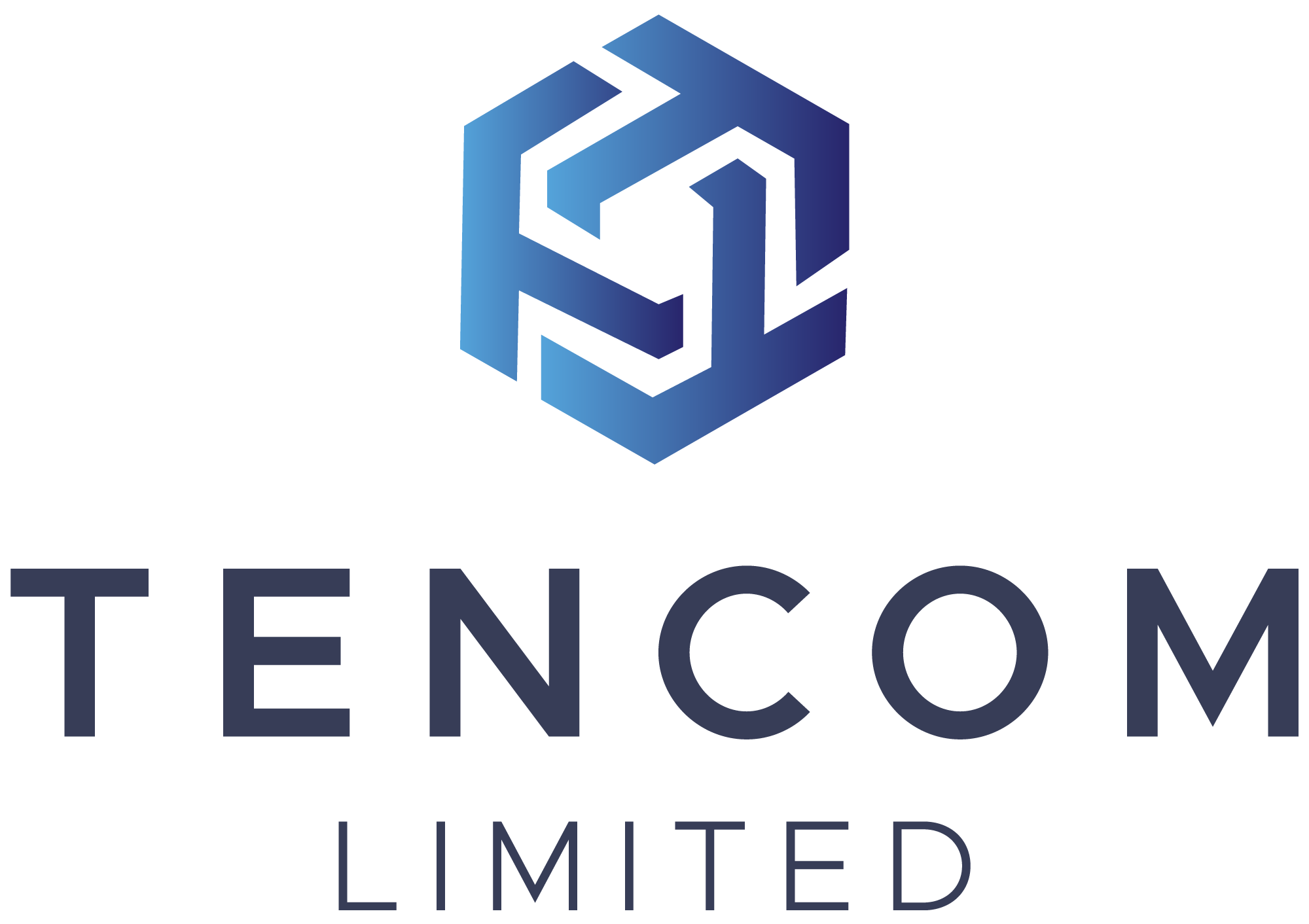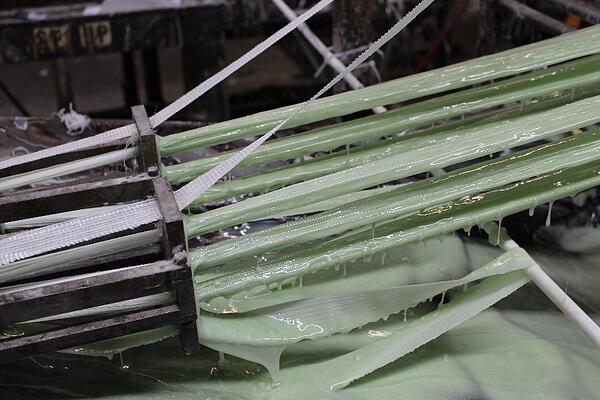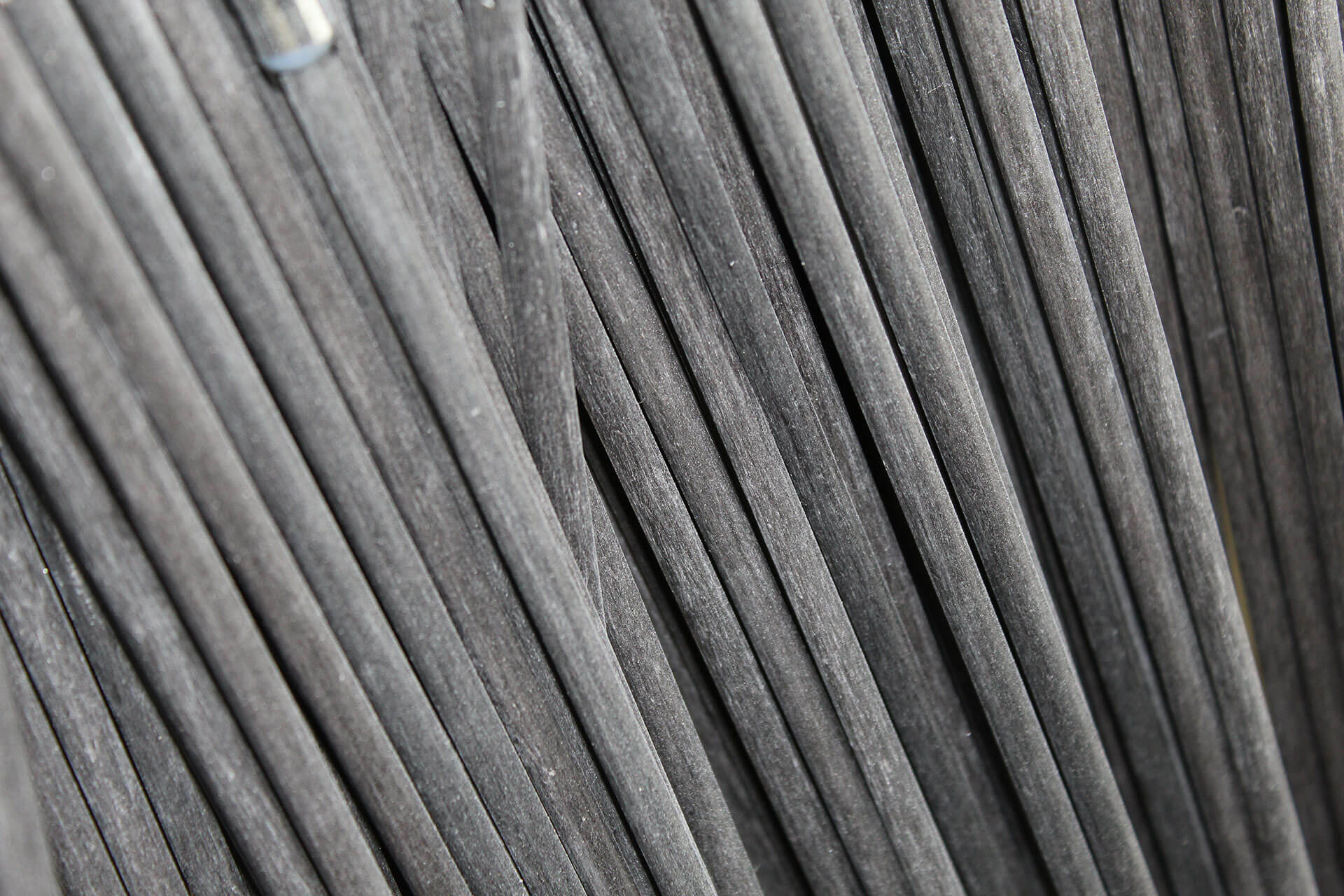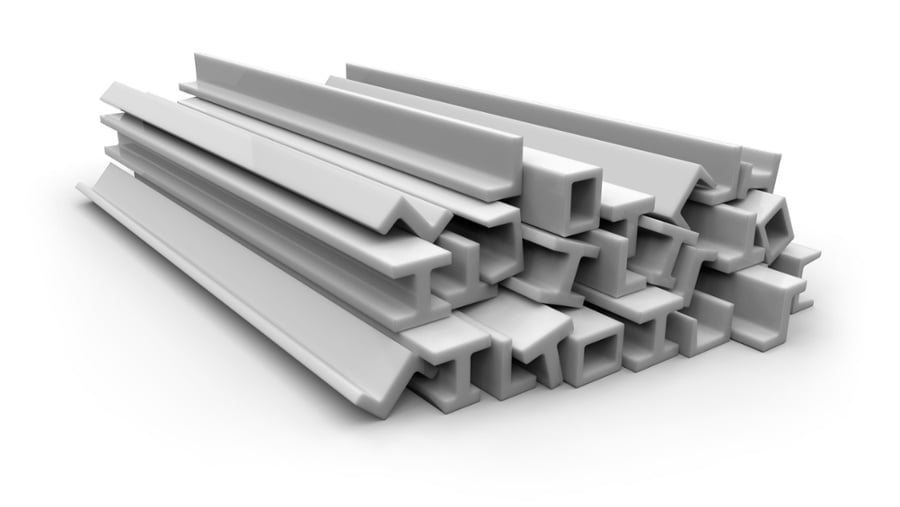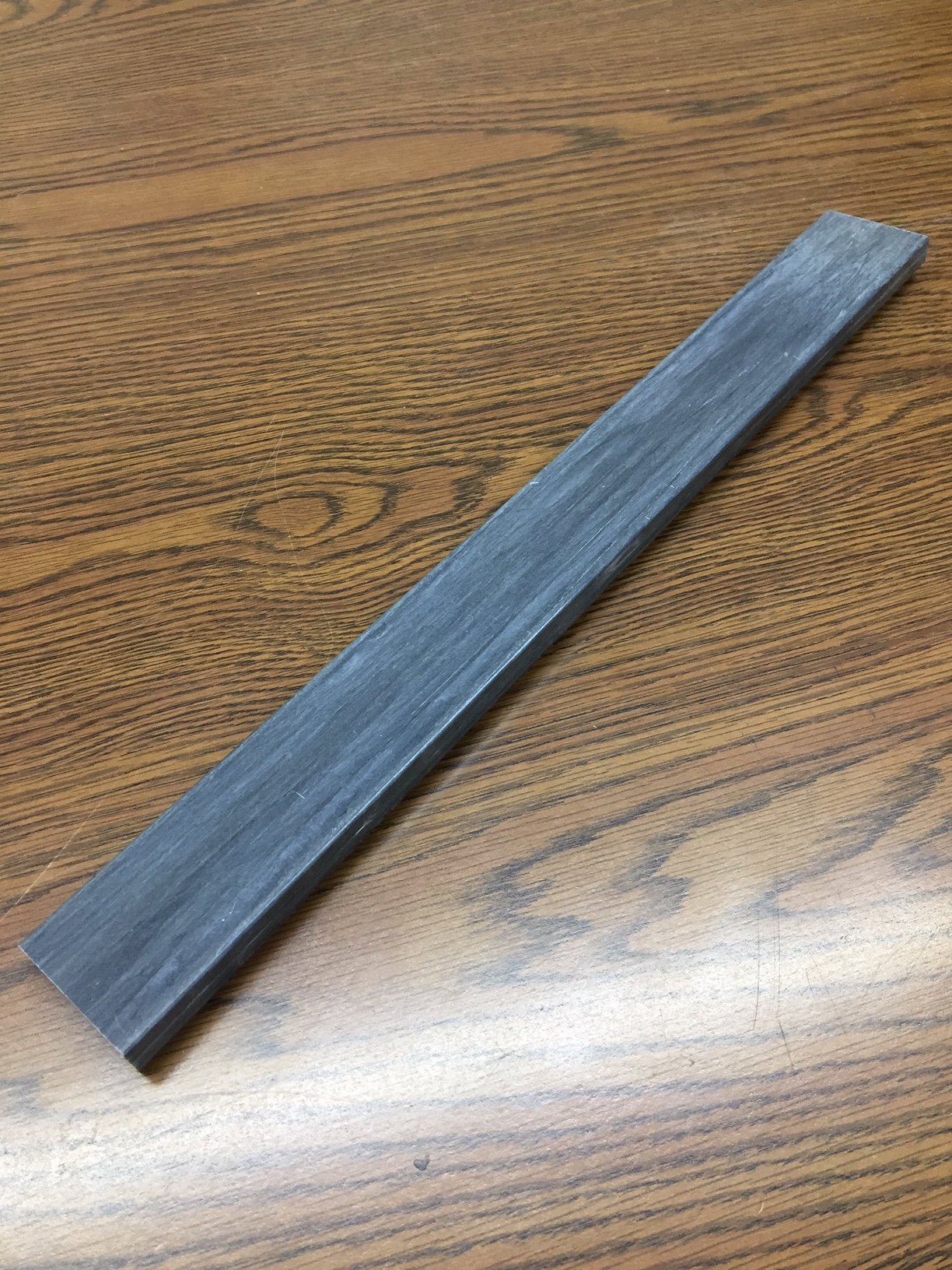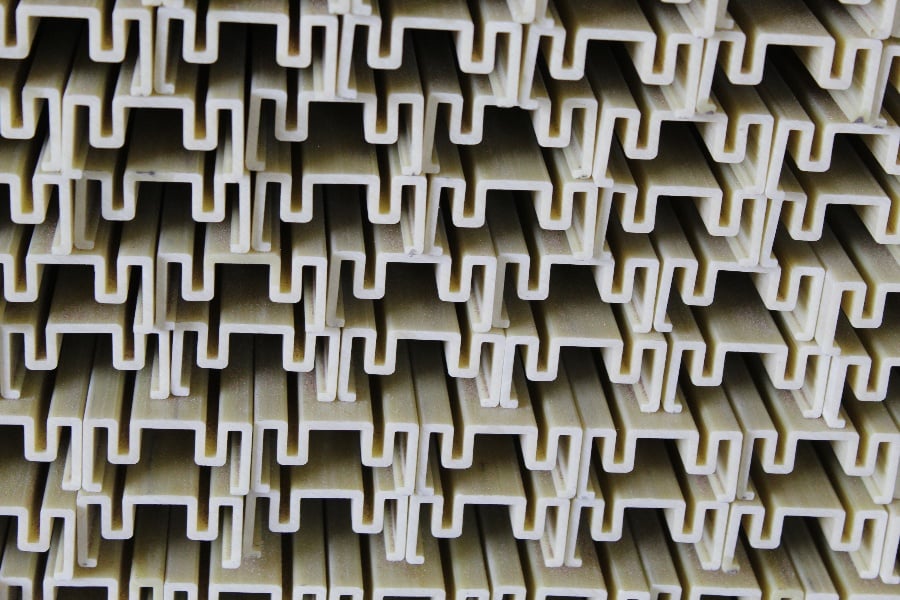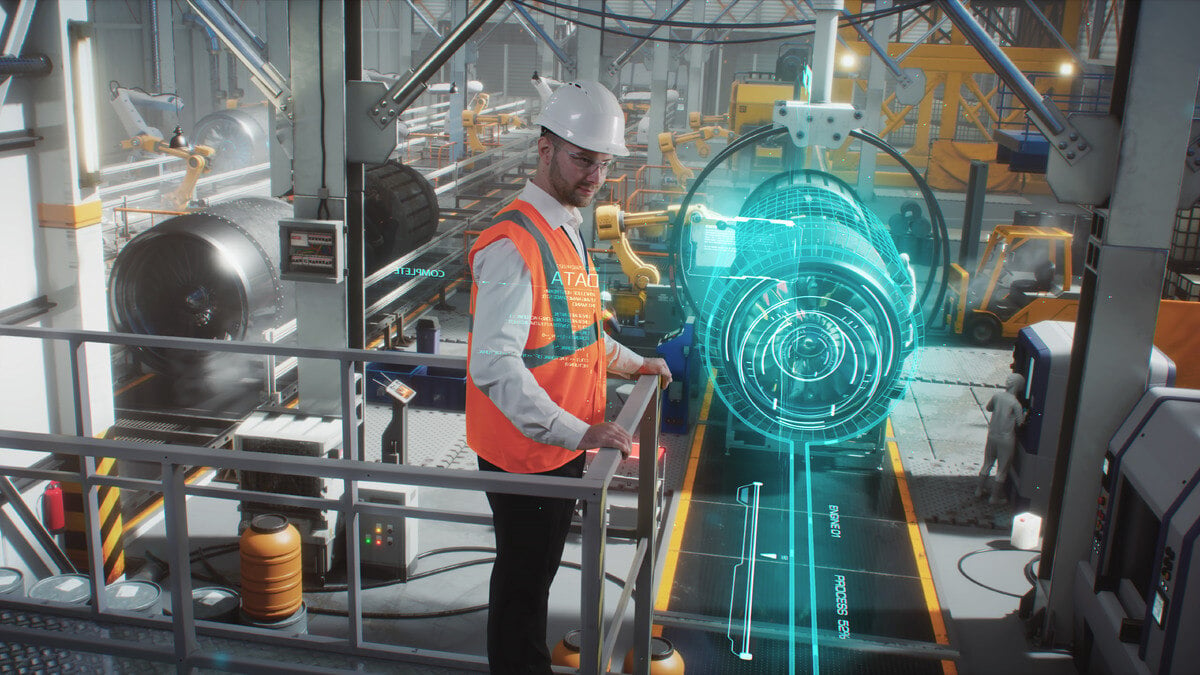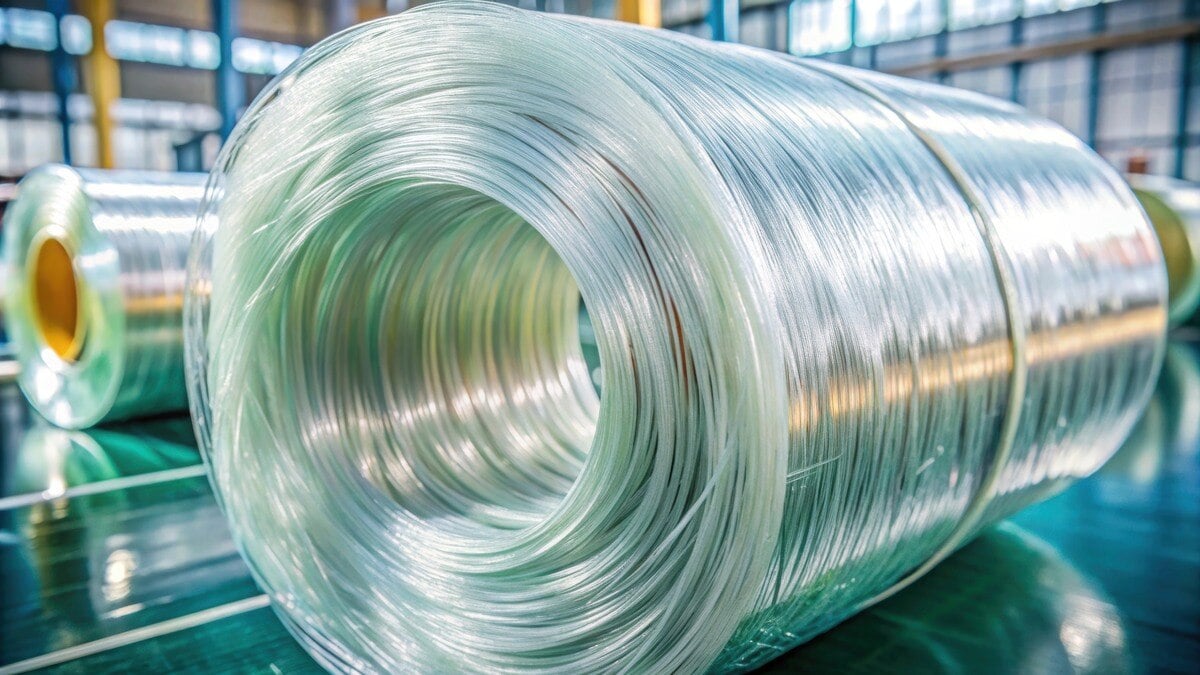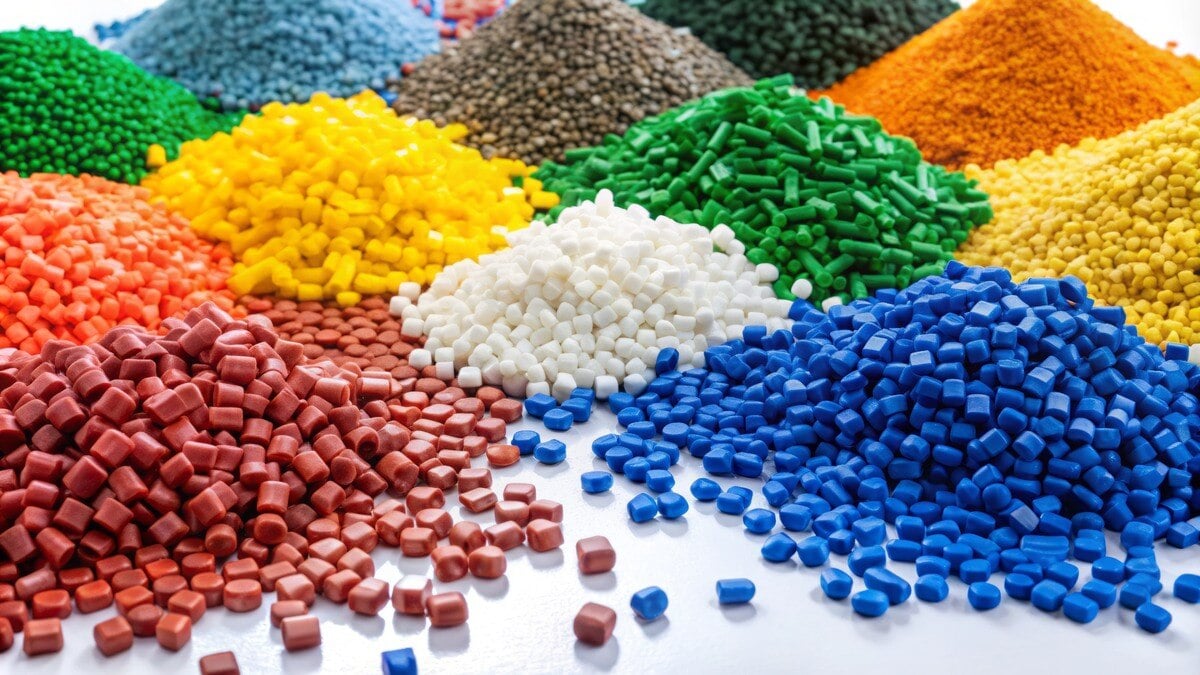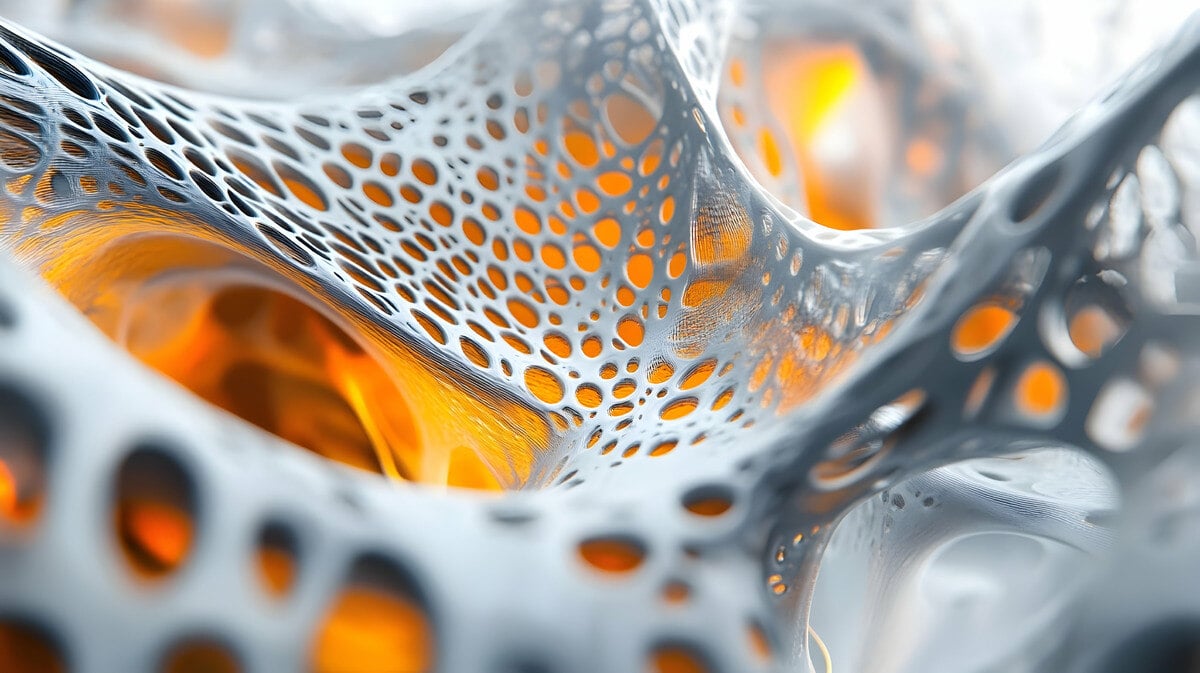By Tencom Ltd.
The term "polymer matrix" might sound esoteric to those outside the field of materials science, but it's a fundamental concept that underpins a vast array of modern technologies and products. From the carbon fiber in your sports equipment to the composites used in aircraft, the polymer matrix is where strength, versatility, and innovation meet.
Here’s a dive into what a polymer matrix is, how it works, and why it's so crucial in today's materials world.
What is a Polymer Matrix?
A polymer matrix is essentially the continuous phase in composite materials where polymer chains serve as the backbone or host for reinforcing materials like fibers or particles. Think of it as a glue or a supportive scaffold that holds everything together while imparting its unique properties to the composite.
-
Polymers are macromolecules made up of many repeating units (monomers), which can be natural (like cellulose in wood) or synthetic (like polyethylene in plastic bags).
-
Matrix, in this context, refers to the medium in which the reinforcement is embedded. In polymer matrix composites (PMCs), the polymer acts as this matrix, providing cohesion, shape, and environmental resistance.
Types of Polymer Matrices
1. Thermosetting Polymers:
-
Examples: Epoxies, polyesters, phenolics.
-
Characteristics: Once cured, these cannot be remelted or reshaped. They offer excellent thermal stability, strength, and resistance to chemicals.
-
Applications: Used in aerospace and automotive parts where heat resistance is critical.
2. Thermoplastic Polymers:
-
Examples: Polypropylene, nylon, and polycarbonate.
-
Characteristics: These can be melted and reshaped multiple times without degradation. They provide toughness, ductility, and easier recycling options.
-
Applications: Common in consumer products, packaging, and some industrial applications where recyclability is valued.
3. Elastomers:
-
Examples: Silicones and polyurethanes.
-
Characteristics: These polymers are known for their elasticity and flexibility. They can return to their original shape after stretching or deformation.
-
Applications: Used in gaskets, tires, and flexible electronics.
Why Use a Polymer Matrix?
-
Strength-to-Weight Ratio: PMCs can offer the strength of metals at a fraction of the weight, which is which is crucial for industries like aerospace.
-
Corrosion Resistance: Unlike metals, polymers don't rust or corrode, extending the life of products in harsh environments.
-
Design Flexibility: Polymer matrices can be molded into complex shapes, allowing for innovative design solutions.
-
Tailored Properties: Properties like thermal conductivity, electrical properties, and toughness can be engineered by varying the type of polymer, curing conditions, or adding specific fillers or reinforcements.
Manufacturing Techniques
-
Hand Lay-Up: Manual reinforcement placement into wet polymer resin, typical for small-scale or prototype production.
-
Filament Winding: Used for creating strong, hollow structures like pipes or tanks, where fibers are wound around a mandrel.
-
Resin Transfer Molding (RTM) involves injecting resin into a closed mold containing reinforcement. It is suitable for high-quality, complex shapes.
-
Pultrusion: Continuous process for manufacturing constant cross-section parts like rods or beams.
Challenges and Future Directions
Despite their advantages, polymer matrices are not without challenges:
-
Recycling: Thermosets are particularly difficult to recycle; however, there's active research into making these materials more environmentally friendly.
-
Cost: High-performance polymers can be expensive, pushing research towards cost-effective alternatives without sacrificing performance.
-
Environmental Impact: Polymer production and disposal can have significant environmental implications, leading to a push towards bio-based polymers or those with lower carbon footprints.
The polymer matrix is more than just a component of composite materials; it's a critical element that defines the performance, usability, and longevity of numerous products we interact with daily.
As technology progresses, so does our understanding and manipulation of these materials, promising even more innovative applications. Whether looking at the next generation of smartphones, more sustainable packaging solutions, or advanced medical implants, the polymer matrix will likely be at the heart of these advancements.
